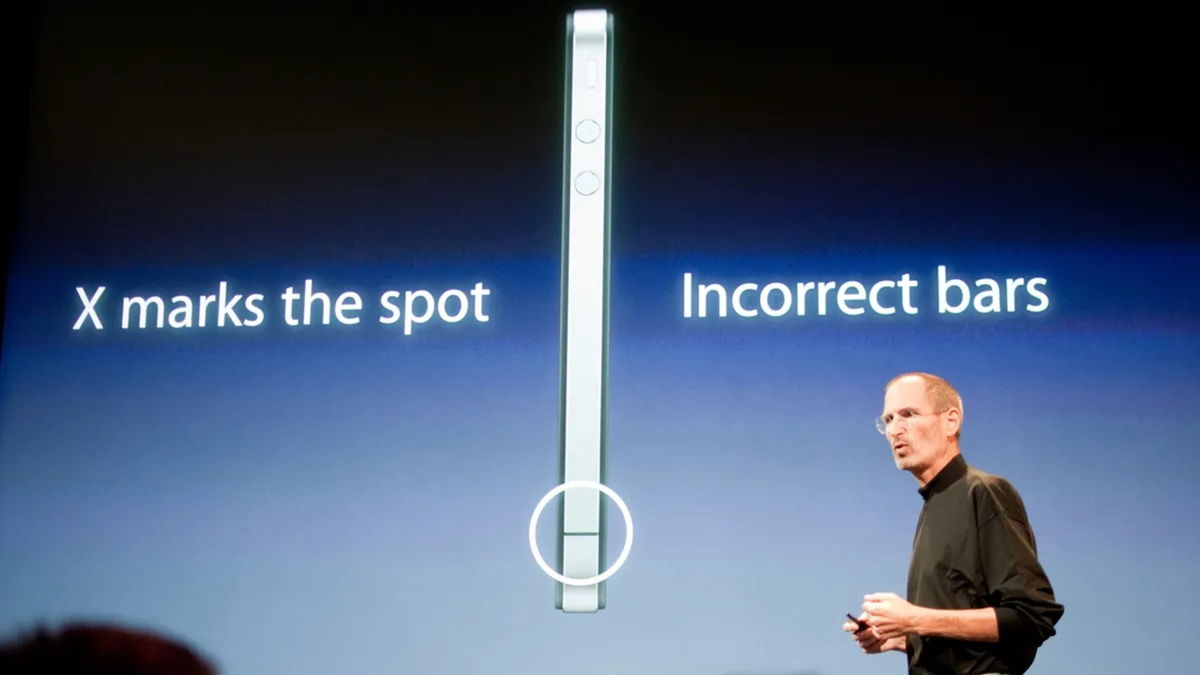If you are a technology enthusiast and tend to peruse the specifications of a mobile phone or computer, you have probably noticed that when we give detailed information about the processor of a particular device, you see the acronym nm, which describes nanometers. We’re talking about amazing things OnePlus 12 and its 4nm Snapdragon 8 Gen 3 chipset or Apple’s fantastic A16 Bionic, also 4nm. But what are nanometers and why do they matter when we talk about processors?
What are nanometers and why do they matter when it comes to processors
To understand what nanometers are, you need to roughly understand how a processor works. We will do this in the least technical way possible. However, the shortest and most concise explanation of what a nanometer is is that it is a simple unit of measurement equal to one billionth of a meter. For example, imagine that a million nanometers fit into a millimeter.
However, when we talk about the nanometers of a processor, we are talking about the size of its transistors.
There are usually millions of transistors inside a processor. As a rule, the fewer transistors, the more of them there will be in the processor. Roughly speaking, the more transistors a processor has, the faster it will be.
Take for example the 2008 Intel Core i7 (Nehalem) processor, which was manufactured using a 45 nm process technology and housed about 731 million transistors. In 2024, Apple’s 4nm A16 Bionic processor will contain about 16 billion transistors.
But what is a transistor?
Rough wayA transistor is a device that modifies, attenuates, or amplifies an electrical signal. In a processor, they serve to convert electrical current into binary code: if energy flows through the transistor during an operation, the value will be 1, and if it does not, it will be 0. These 1s and 0s become a series of instructions for a computer, mobile phone, or electronic device.
This is where one of the key factors comes into play why we increasingly hear tech companies talk about the importance of smaller transistors: the smaller they are, the faster they will transmit electricity, and the more there are, the greater the electrical flow. which can be translated into instructions for an electronic device.

Returning to the example of the Apple chipset, we see that the A15 Bionic, 5 nanometers, integrates about 15,000 million transistors. A generation later, the A16 Bionic is manufactured on 4nm technology and reaches 16,000 million transistors.
Additionally, having processors with smaller transistors not only leads to faster computing speeds, but also to more compact chipsets, which in turn allows the development of thinner and lighter products.
Of course, making a processor more powerful than its previous generation requires not only more transistors, but also other components such as memory or the internal clock (processor gigahertz), as well as aspects such as its efficiency and power consumption. However, the next time you see a manufacturer boasting about the nanometers of their processor, you will realize that more is less.
By the way, it is likely that very soon we will see the first 3nm chipsets. MediaTek and TSMC, as well as Apple, are among the companies that will soon release the first 3nm processors.
Source: Digital Trends












